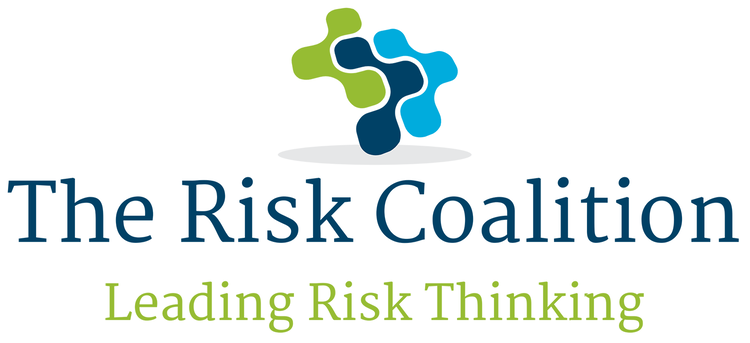The evaluation of risk should be at the heart of strategic decision making, but it isn’t. Why is that? Our strategic choices for businesses are engaging with the uncertainty of the future (aka risk). In the current Covid-19 crisis, we are faced with more uncertainty than ever. The Chinese character for “Crisis” is made up of two parts: “danger” and “opportunity”. Seeing risk as danger to be avoided is at the heart of risk management thinking.
But when we define risk as the variability of possible outcomes (as defined in financial analysis), then we are considering both sides of the equation. Business growth and investment decisions often mean moving into areas of business with increased variability of possible outcomes, therefore increased risk, but with potential associated rewards. Yet the subject of risk is generally reserved for specialists and experts, for risk committees and insurance companies. And their mission is to minimise it. It seems there is a paradox.
My book, “Risky Strategy” (Bloomsbury-2016), is based on my experience as a strategy consultant for many years, and on research I conducted with colleagues at Hult Ashridge dealing with the issue of “how leaders work with risk”. This research was triggered by the observation that as a business school, we were running risk classes, covering how to “drive out risk”, and classes on leadership which included “how to take risk”. There seemed to be a contradiction. And this was echoed in the results of our research. Our participants turned out to be a combination of people who viewed risk as danger, to be managed, and those who viewed risk in terms of evaluating opportunities, and deciding which risks to take.
An example of working with this tension in a strategic setting is an exercise I use with clients called Ansoff Roulette. The Ansoff Matrix is a model for considering strategic growth options, based on a combination of new products/activities and new markets/customer relationships. The point of this version of the model is that as you move further away from your “core” business, through “peripheral” options (between “core” and “new”) the risk increases as the variability of possible outcomes increase. The question is how much bigger is the potential reward.
In client workshops, we plot different projects on the Ansoff Roulette board, based on an assessment of the risk-reward trade-offs, an analysis which can based any number of strategy tools for assessing attractiveness of new product/markets, and the potential competitive advantage in those product/markets. We ask different members to “place their bets” on each project, i.e. to evaluate the projects in terms of go/no go or to rank them in terms of priorities.
What this is designed to do is level the playing feel between those who are naturally risk managers, and those who are risk-taking opportunists. In my experience in those settings, without this type of approach, the risk managers generally win the arguments, which may result in missed opportunities. Working with Ansoff Roulette in a recent CEO forum led to one of the participants, despite the huge uncertainly in this pandemic-hit environment, deciding to go ahead with a project that had been on the shelf for a while because it had previously seemed too risky.
The aim should be to get the right balance between the virtues of courage and prudence, to sail the middle ground between the Scylla of recklessness and the Charybdis of cowardice … to take the right risk.
Jamie MacAlister - Professor of Practice, Hult International Business School, Executive Coach and Consultant (http://blonay.co.uk)


